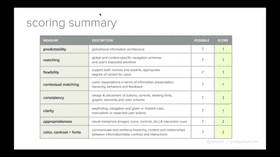
THE SIMPLE WAY TO CONDUCT A UX AUDIT
Learn to evaluate the quality of UX+ UI design of any kind of app, website or enterprise software system.
Auditing — which just means evaluating and analyzing — the quality of an app, website or enterprise software system's UX is the fastest way to figure out what's working, what isn't, and how to improve it. Where the user experience is failing people; where they're stuck or confused or frustrated. Or, in many cases, where they decide to stop using it altogether.
What I’m going give you in this course are my core rules for conducting a UX Audit: where to look, what to look for and what questions to ask to determine what needs to be improved (and why).
I'm going to walk you through the 5 parts of conducting a simple, effective UX audit or evaluation:
- Uncover goals and intended outcomes on both sides of the UX value loop, meaning both for the business and for the product’s users. What do people expect to be able to do — and what do they want to happen — as a result of using this site, app or system? What does the business need to happen in order to ensure the product's usefulness, user/customer loyalty and profitability?
- Review existing analytics. Organizations track the performance of their sites and apps using Google Analytics. The data collected can be quite valuable to you, because it can tell you some things about who’s interacting with the product and what they’re doing while they’re there.
- Review the product’s core interaction states: The Blank State, which is what people see the very first time they launch it or when they log in; the Working State, which is what people see and interact with during the normal course of use, with data, content and controls in place; and finally, the Error State, which is what people see when something goes wrong.
- Review the product based on UX heuristics across Language, Priority, Universality and Visual Clarity. When I look at the core interaction states above, I’m evaluating what I see and experience across these five categories.
- Deliver findings and recommendations for improvement. I'll show you an example of the video deliverable I give to clients to communicate the issues I've found and what I recommend they do to resolve them.
You'll also see concrete examples of each step, via a video recreation of a full UX audit that I would deliver to a client — along with my downloadable UX Audit Workbook. After you’ve gone through the product and considered everything above, you’ll use the workbook to take a second, deeper dive into the 170-plus individual elements and attributes you need to pay attention to during your audit.
Everything I’ll cover with you is the heart and soul of good interaction and positive UX — and this is an approach I’ve used for 20+ years.
So I can guarantee you that if you follow this approach, you’ll have identified issues and opportunities that will truly move the needle in terms of uncovering improvements that will deliver value — both to users and to the business.
27 Lessons
Already Joined? Login
1.0 Introduction: the UX audit process + rules for success

1.1 Before we begin: ground rules for successful UX audits

1.2 The 5 parts of conducting a UX audit
2.0 Evaluating goals, outcomes and analytics

2.1 Step 01: Uncover business goals and intended outcomes
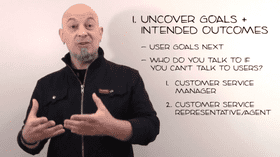
2.2 Step 02: Uncover user goals and intended outcomes

2.3 Step 03: Review existing analytics
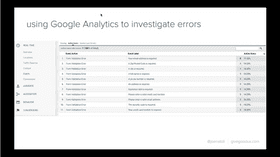
Example: Using Google Analytics to investigate website errors
3.0 Evaluating the product's core interaction states

3.1 Step 04: Review + evaluate the product’s 3 core interaction states

3.2 The Blank State
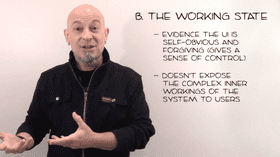
3.3 The "4 Cs" of the Working State
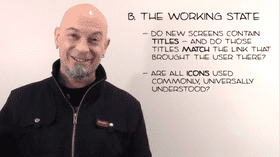
3.4 The Working State: Predictability
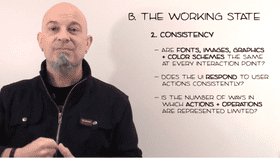
3.5 The Working State: Consistency

3.6 The Working State: Progression

3.7 The Working State: Natural Constraints

3.8 The Working State: Visibility, Hierarchy + Visual Clarity
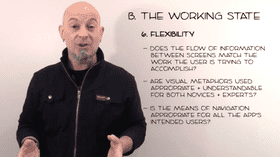
3.9 The Working State: Flexibility
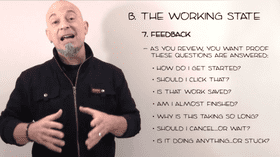
3.10 The Working State: Feedback

3.11 The Error State
4.0 Wrap Up: UX Audit Workbook + Full UX Audit Walkthrough

4.1 Wrap Up: It doesn't have to be perfect!

4.2 Download the UX Audit Workbook (PDF)
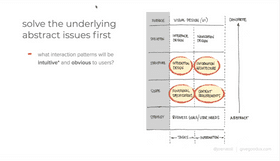
4.3 UX Audit Walkthrough: Introduction

4.4 UX Audit Walkthrough: Evaluating Predictability

4.5 UX Audit Walkthrough: Evaluating Matching

4.6 UX Audit Walkthrough: Evaluating Flexibility
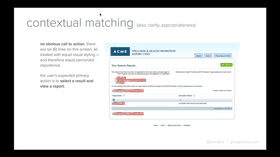
4.7 UX Audit Walkthrough: Evaluating Contextual Matching

4.8 UX Audit Walkthrough: Evaluating Consistency

4.9 UX Audit Walkthrough: Evaluating Color, Contrast + Fonts
